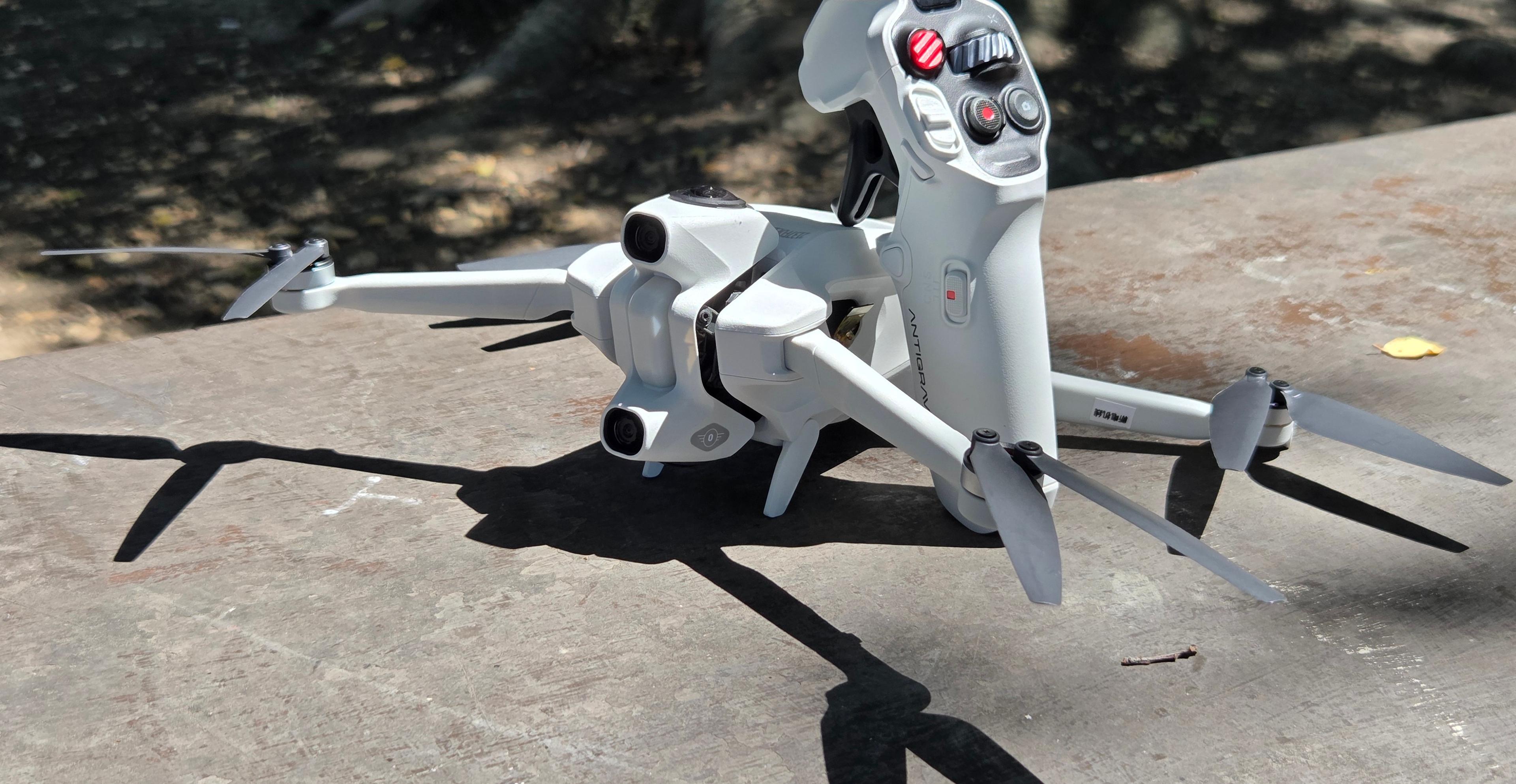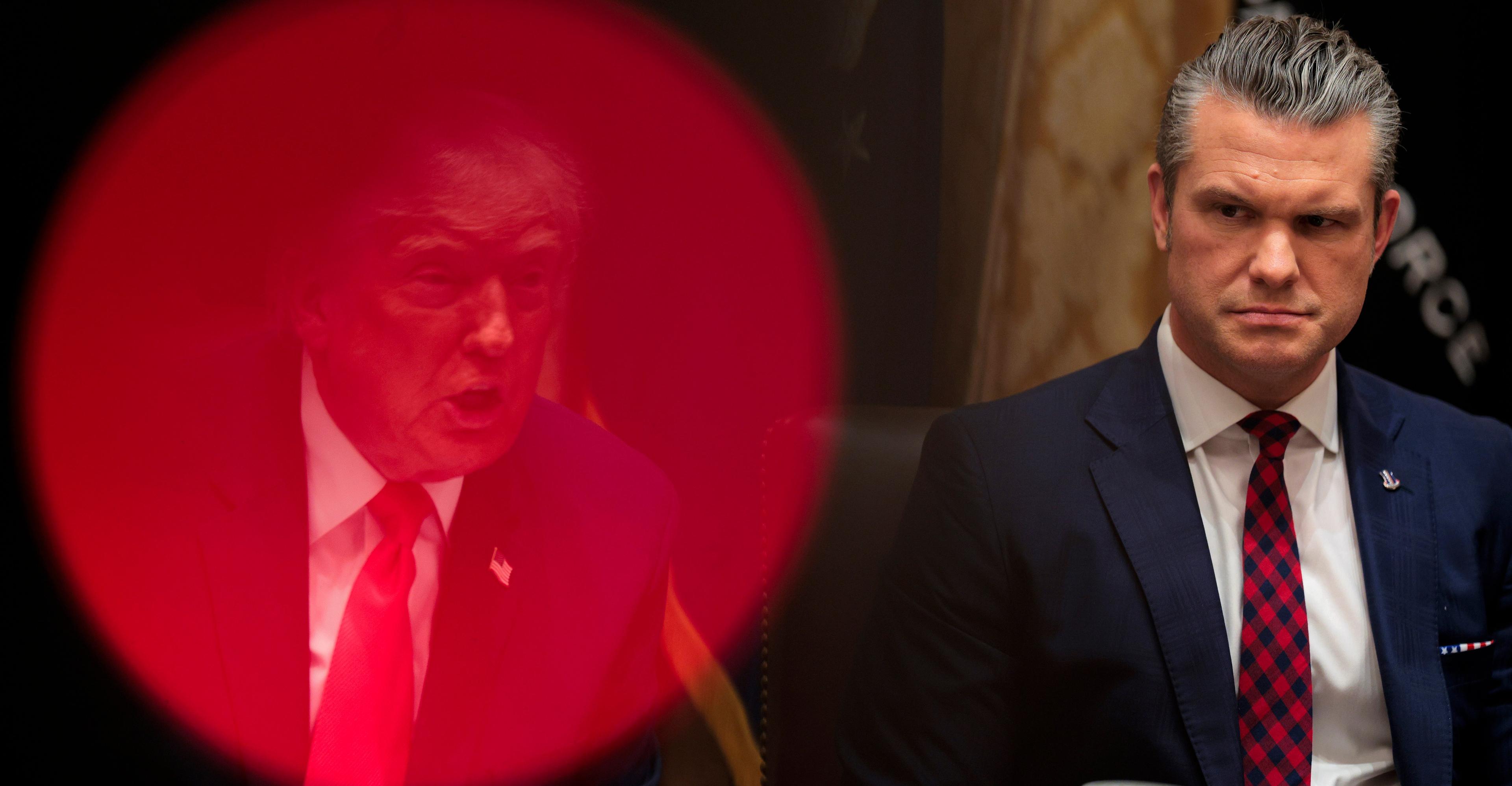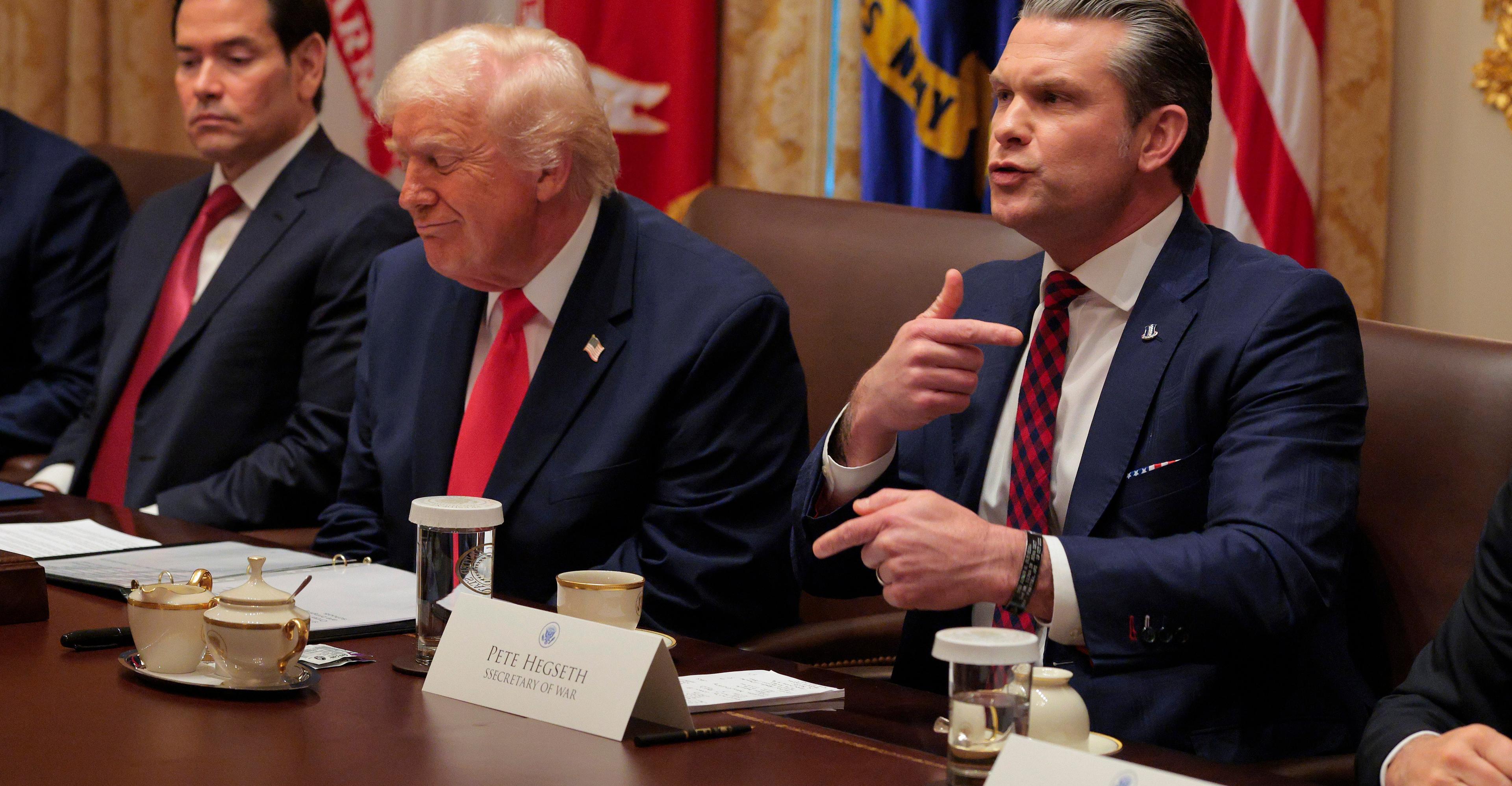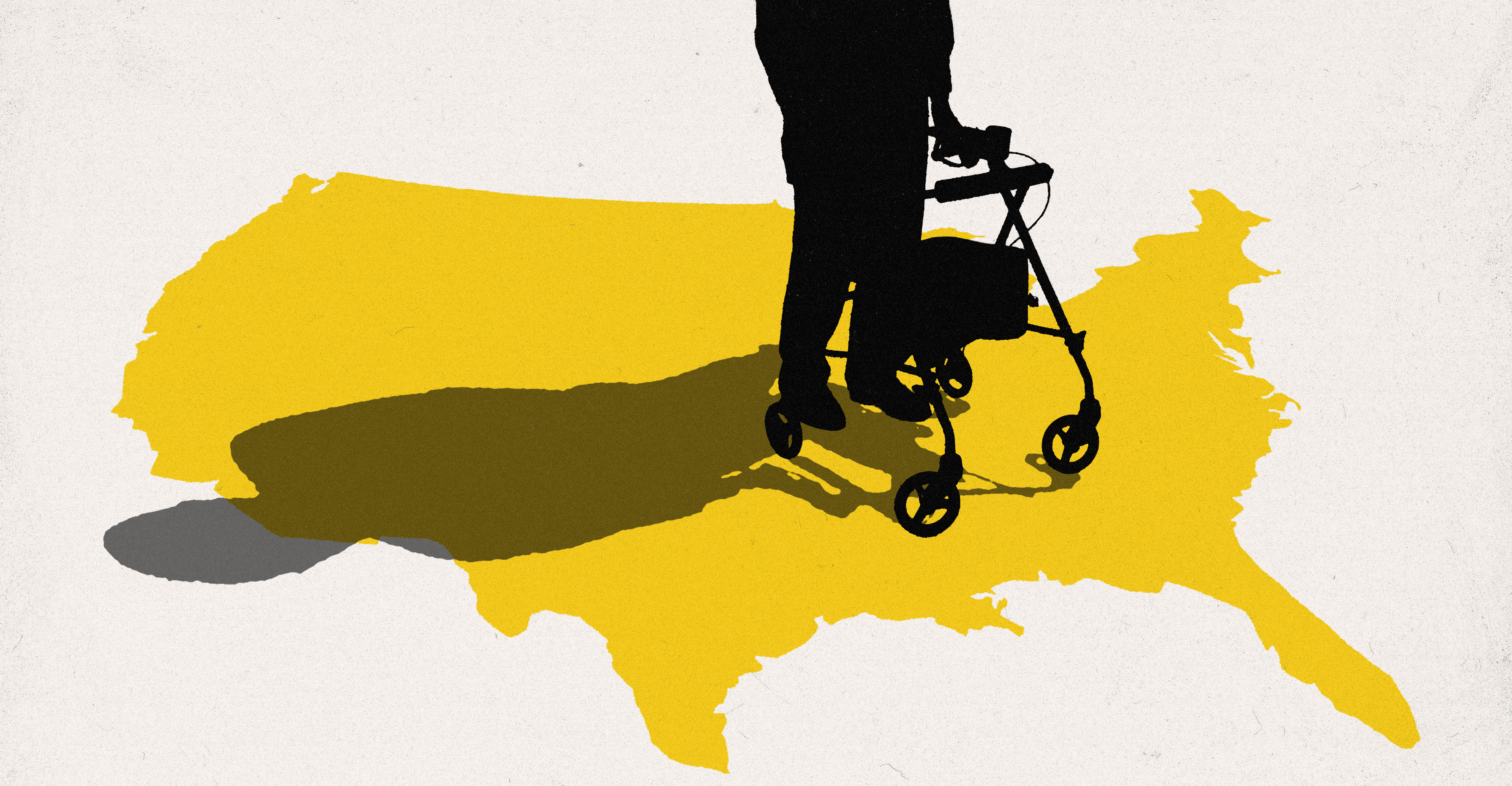“Get outside more” seems like simple advice. The reality can be much more complicated.


Like a lot of people who sheltered in place in the early days of the pandemic, I dreamt of moving out of the city and closer to nature. So when lockdown orders finally lifted in the European city I had called home for nearly two decades, I headed for the mountains. I chose my new home in the Western US based on a vision for my life that involved a lot more touching grass and hugging trees. I had grown up outdoors in Wisconsin, snowboarding my way through cold winters and lake swimming on hot summer days, and I wanted something similar for my daughter. What I hadn’t anticipated: how expensive the outdoors can be. Nor how exclusionary.
Even before I made it out my back door onto the public lands, I was calculating the costs I might endure if hiking became a habit. I wasn’t ready to trade in my funereal black trench coat for a Patagonia fleece, but I knew my slick-bottomed sneakers wouldn’t suffice on the trail. Popping over to the local outdoor supply shop, though, I got a bit overwhelmed. Did I need spiky-soled trail runners? Stiff ankle boots in case I encountered a rattlesnake? Would my cotton socks give me swamp foot if I sweat? Or was wool better if there was still snow on the trail?
We all know the horror stories of blisters and overpacking à la Cheryl Strayed in her memoir Wild, but did I, too, need poles or a day pack, crampons and bear spray, a map or compass, an emergency beacon? While it pays to be prepared for the route you’re undertaking (there have been several deaths in national parks this summer from heat, bear attacks, and falls), there’s also a reason why one of the first emails I got after grabbing an REI membership was for its store-brand credit card: The outdoor industry is projected to reach revenues of $22.9 billion from US consumers this year. If you think about it hard enough (and I did), you can start to believe you need a lot of things before heading out into the great outdoors.
“You can go buy that $400 pair of boots, but you don’t need them,” Kylie Bearse assured me. The Denver-based meteorologist behind the Approachable Outdoors Instagram account and blog says it’s a common misconception that the outdoors can be really expensive. “For most trails, all you need is some sneakers and a water bottle and sunscreen ... if you aren’t doing big technical hikes, you don’t need a fancy backpack, a fancy water bottle. Whatever you have is great for getting started.”
That may be true if you’re not planning a weeks-long through-hike or avalanche-inducing backcountry skiing, but after seeing more than a few college students hiking near Boulder’s famous flatirons in mini-skirts and heeled Timberlands last winter, I’d say that sneakers might be a bare minimum. And if being back in the US has taught me nothing else, it’s that we live in a transactional society. Embracing nature has increasingly become something akin to pay-to-play. From trailhead parking to state park passes and national park entry fees, the price of heading into the wilderness can be prohibitive, especially for those who cannot access the woods without a car due to a lack of transport infrastructure. Those prices also don’t include accommodation costs, which can run upward of $500 a night for a hotel room near the Grand Canyon or an Airbnb near Lake Tahoe.
Though visits to public lands aren’t the only way to access the outdoors, for many city-dwellers, it has grown harder to get out into nature. A new campaign by REI aimed at getting Congress to pass the Outdoors for All Act says that over 100 million Americans — nearly a third of the population — do not live within a 10-minute walk to a park. While we bemoan the amount of time that children (and adults) spend on their screens and a subsequent lack of physical fitness, that deficit creates communities that lack both connection and awareness of the natural world. A few official projects are working to counter that by making state park passes available to borrow at the local library or, as in Canada, via a doctor’s prescription. Elsewhere, nonprofits are working to fill in the gaps. In Denver, which is surrounded by some of the most stunning landscapes in the country, many children rely on organizations like Environmental Learning for Kids (ELK) to introduce them to the nearby mountains, where they learn about environmental stewardship, fishing, or camping.
Parker, the social justice advocate and environmental educator behind KWEEN WERK (Keep Widening Environmental Engagement Narratives), said that such programs are vital for urban youth who may have internalized stereotypes about what constitutes an outdoorsy person. As a Black child growing up in the Bronx, she never attributed the time she spent walking the city streets for miles with her father or having picnics as being an environmentalist measure.
“The way that my family experienced the outdoors is not the way it is typically represented,” she says. “For a long time, I thought that in order for something to be outdoor recreation or outdoor activities, it had to be climbing or scaling a mountain, and that’s not true.”
That lack of representation, Parker says, causes many people like her to not feel connected to nature, or to messages about conservation. At the same time, a stigma exists in the outdoor recreation community, dividing activities between “things that are done out of necessity and things that are done for pleasure because you have the resources.” In other words, we have redefined being outdoorsy to mean something that we do for leisure or sport; riding your bike to work doesn’t count. That belief, in turn, can reinforce barriers to access as people consider themselves less of an outdoor person if they aren’t taking on the biggest challenges or filling a stereotypical role.
“There’s this intimidation factor when it comes to getting outdoors. In Colorado, if I say I like to hike, people ask, how many 14ers have you done?” says Bearse, referring to the 58 mountain peaks above 14,000 feet in the state. “I’m more like three, four miles and then get brunch after.”
While Bearse says she makes trips out onto the trail as a mental health measure — “we’re just starting to learn about the benefits of exercising outdoors specifically for your mental health” — she’s afraid that sort of competitive attitude might be sending the wrong message. It can lead some to undertake more challenging experiences than they’ve trained for while completely turning off others who might benefit from spending more time outside, especially those who are not white or able-bodied or otherwise appear to fit the role of the outdoorsy person.
“I know that the outdoors is open to everyone but sometimes it doesn’t feel that way,” says Parker. “I am not what people expect to see. There’s comments I get as a plus-size climber, like, ‘Are you prepared for this?’ Or they ask if it’s my first hike.”
She points out that the American conservation movement was founded on principles cited by eugenicist and zoologist Madison Grant. His 1916 book, The Passing of the Great Race, compares saving the redwood forests in California with saving the white race or, as it is put in the preface, conservation of the environment preserves “the race which has given us the true spirit of Americanism.” The tome, praised by Adolf Hitler 20 years after its publication, called not just for the displacement of Indigenous native people to the West but for their obliteration. It was embraced by Teddy Roosevelt, who had already begun to establish the National Park System.
While requests for land acknowledgments are increasingly being honored, Native nations remain under threat as both fossil fuel companies and tourists overwhelm the stolen lands and encroach on sacred areas. “We have this environmental movement that at its core is steeped in big things like white supremacy,” Parker tells me. “We’re saying these lands are for everybody, but not all people could visit them. My dad was born in the early ’50s and Jim Crow laws were in effect until 1965 so my dad, who lived in Georgia, didn’t get to visit a national park.”
Whereas her coworkers had gone camping or skiing growing up, having both gear and insights about the environment handed down to them, her knowledge baseline was lower when she first set out into the woods. Though she now has fewer barriers to access than her father, Parker says that understanding this history is important to understanding why the outdoors may not feel as accessible to everyone. At the same time, such deeply embedded beliefs about who belongs in the outdoors shine through in American pop culture. The new backwoods rom-com on Netflix, Happiness for Beginners, sees a thin white woman embark on her first camping trip with brand-new top-of-the-line gear (thanks to REI product placement). Despite nodding to diversity in casting, the rag-tag group of characters accompanying her clearly embody hardened stereotypes about who belongs in the woods while the myth of the outdoors serving as a psychic testing ground for grit and determination drives the plot.
Such tropes about white people viewing the wilderness as something to be conquered in order to find yourself are neither new nor original; from The Call of the Wild to Into the Wild and back to Wild, the story hasn’t changed much over the last century. Yet the metaphor’s abundance in much of the copy and imagery selling the outdoors, combined with the consumerist approach to adventuring, can feel quite off-putting at a time when climate change is wiping out beloved natural areas and trash is lining even the highest mountain peaks.
It’s important here to distinguish between intentionally exclusionary practices grounded in supremacist beliefs and the overwhelm that many visitors and national parks are experiencing. Still, it has become wildly frustrating to navigate popular natural areas when stepping foot onto the trail means contending with visitors whose sole aim seems to be getting the perfect selfie backdrop.
Responding to the influx of visitors our most popular national parks have seen since the pandemic — Arches National Park, for example, marked a 73 percent increase in visitors over the last decade — officials have had to limit the number of people during warmer months through the use of timed entry permits. The parks, too, are working to expand access and reduce congestion by offering hikers’ shuttle buses into the more densely visited areas.
These trial-and-error efforts to be inclusive while also ensuring the experience isn’t diminished by overly expansive access are one step toward a more welcoming outdoors, embracing the motto of “let them in” (if they plan ahead and can pay). Just as city governments across Europe have had to set limits to combat overtourism, though, it is worth considering what more can be done to accommodate the higher numbers of people being active outside while at the same time acknowledging the requests of many members of the Native nations who are calling for their land back.
Much of that work, though, rests on people being more open to embracing alternative ideas of connecting to the natural world, like riding your bike in your neighborhood instead of driving it to a trailhead. After all, the “environment” is not distinct from the world around you, and engaging locally can work against the desire to travel further afield, which is necessary as we work to slow warming temperatures. Instagram may have become a beloved resource for travelers but at some point, we need to look past the grid and find places to explore that are less hurried, if no less pretty.
“People need to be more willing to explore beyond the main trails,” says Bearse. “To find those spots takes a bit of work but it is worth it.”
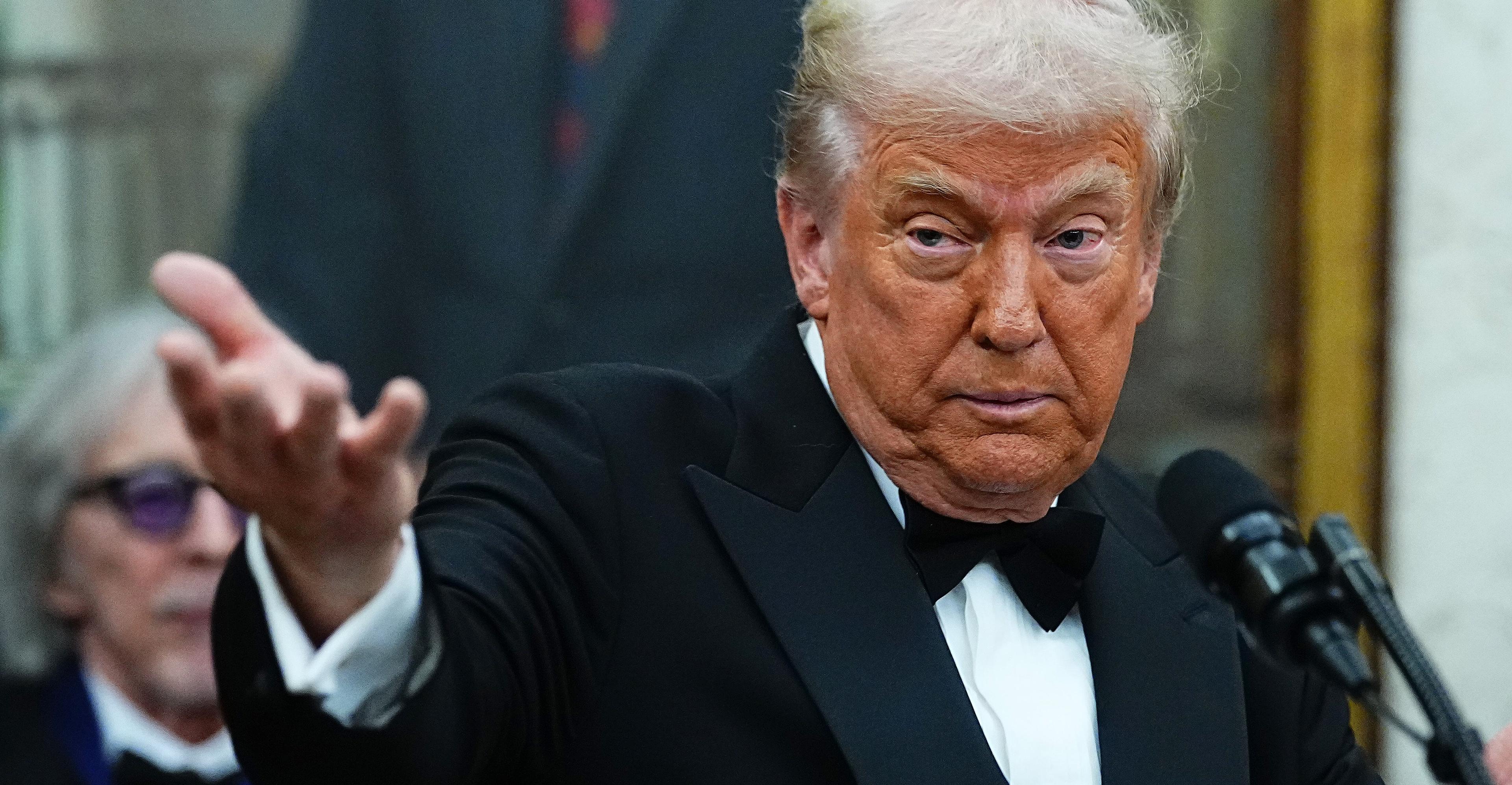
The Kennedy Center Honors continue Trump’s vengeance on liberal Hollywood
- 18 hours ago

Tremors felt in Balochistan's Barkhan, surroundings
- 4 hours ago

Gold prices plunge in Pakistan, global markets
- 8 hours ago

The alarming rise in antibiotic use by the meat industry
- 18 hours ago
A great night for Kent, but another stain on the Hall of Fame
- 8 hours ago
Pakistan Army remains focused on internal, external challenges: Field Marshal
- 9 hours ago
Erdogan warns Black Sea should not be ‘area of confrontation’ after strikes
- 7 hours ago
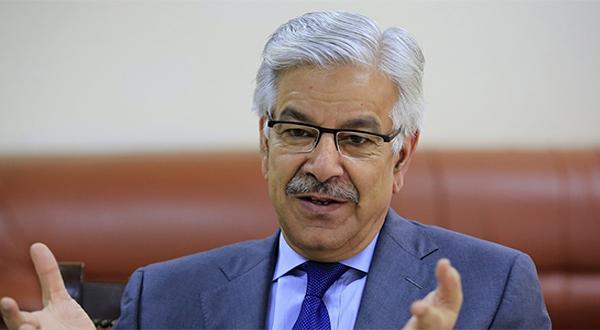
Anti-state elements to be held accountable: Kh Asif
- 4 hours ago
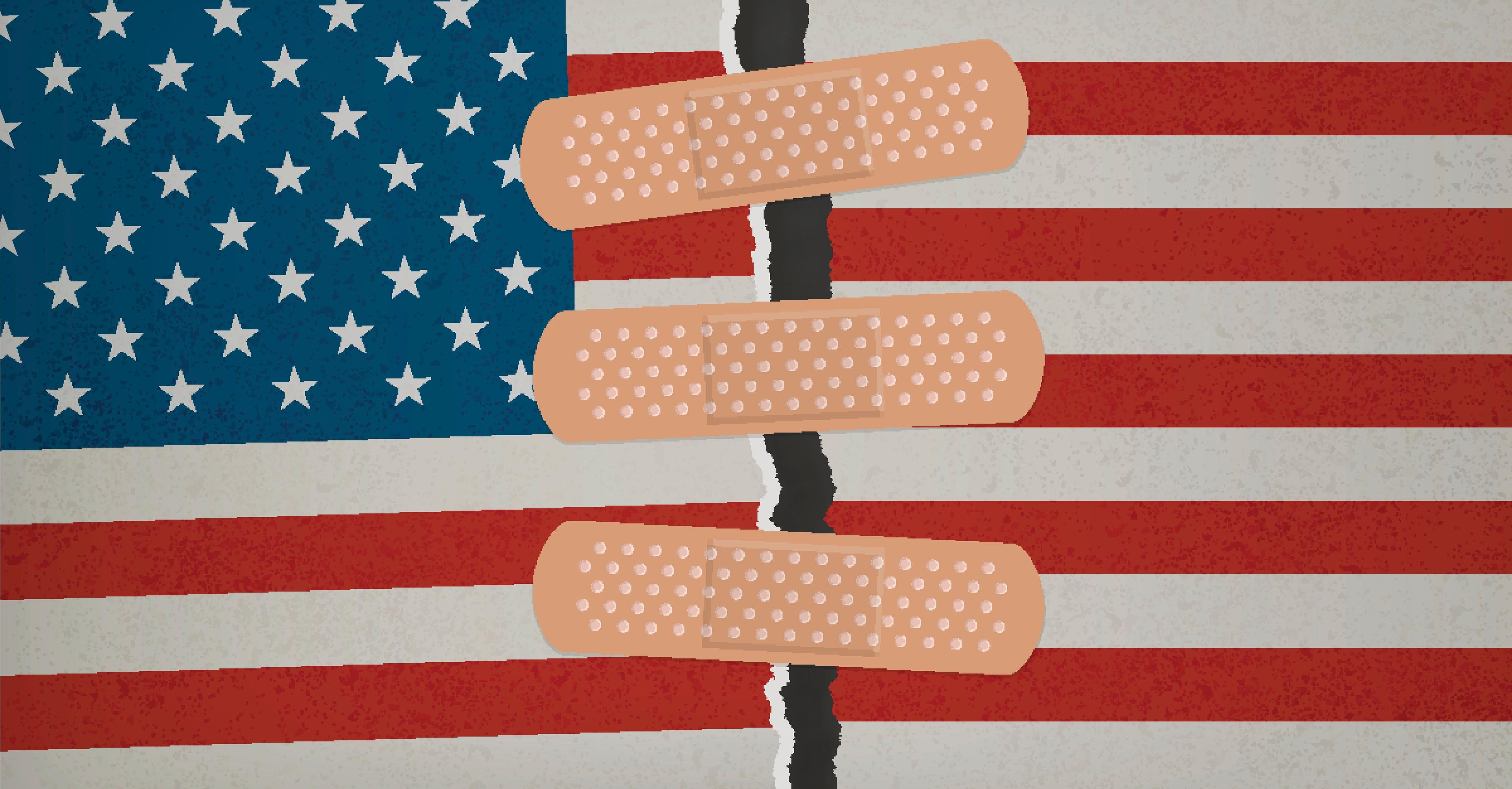
Blame Republicans for our health insurance mess
- 18 hours ago

3 theories that explain Trump’s collapsing support
- 18 hours ago

Donald Trump reminds the entire world he has no idea what 6G means
- 20 hours ago
Renowned motorcar stuntman Sultan Golden breaks two world records
- 5 hours ago




